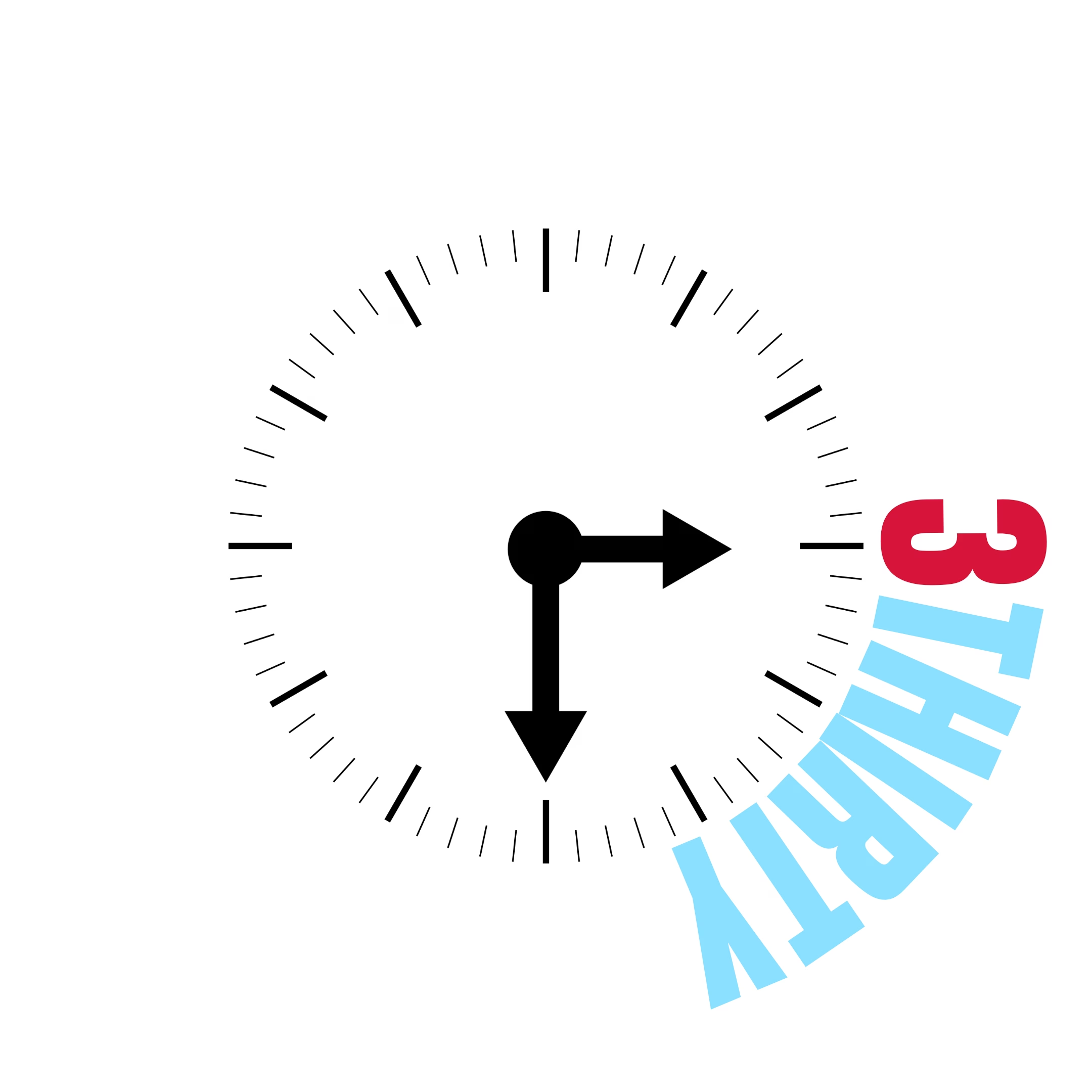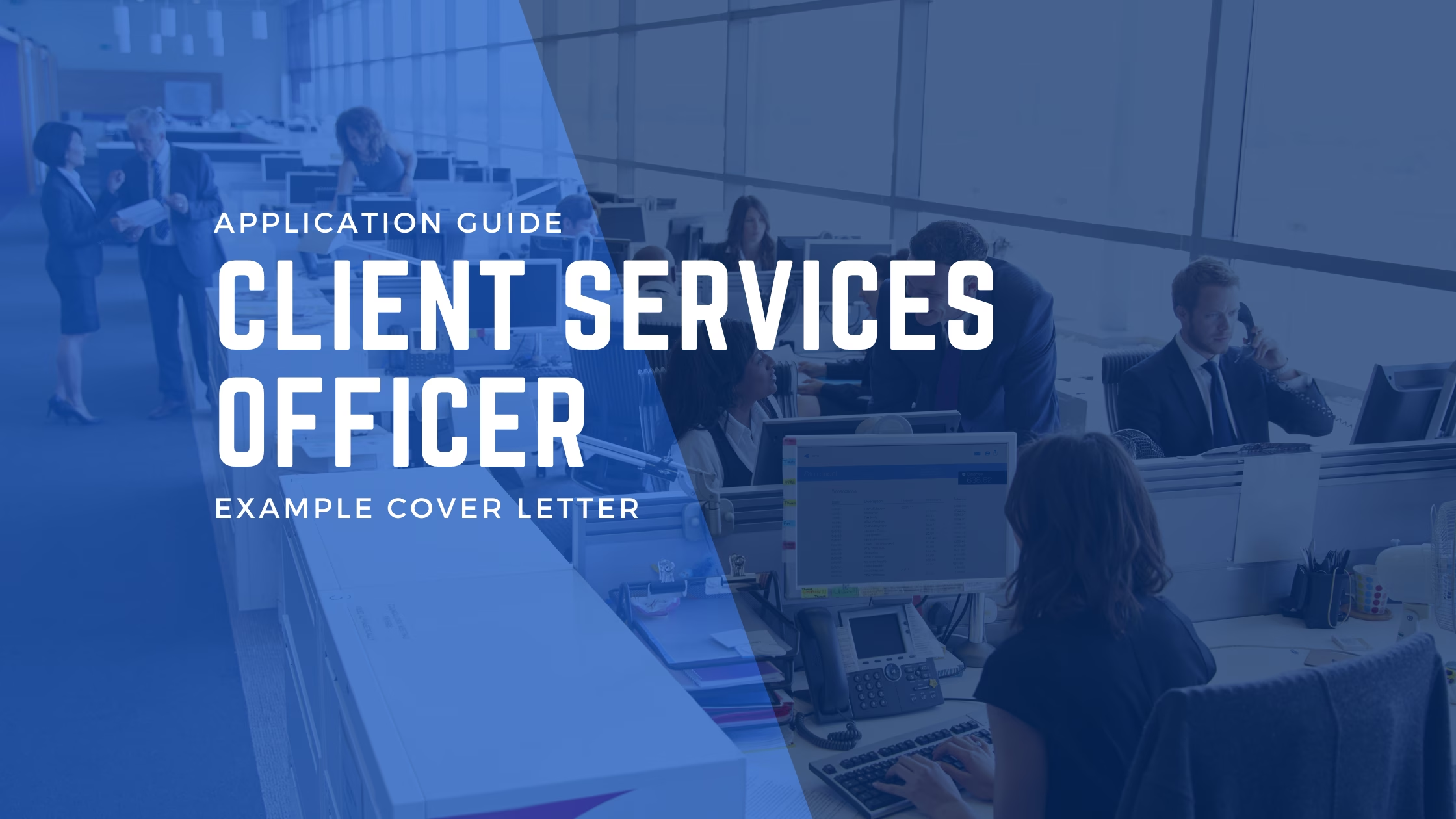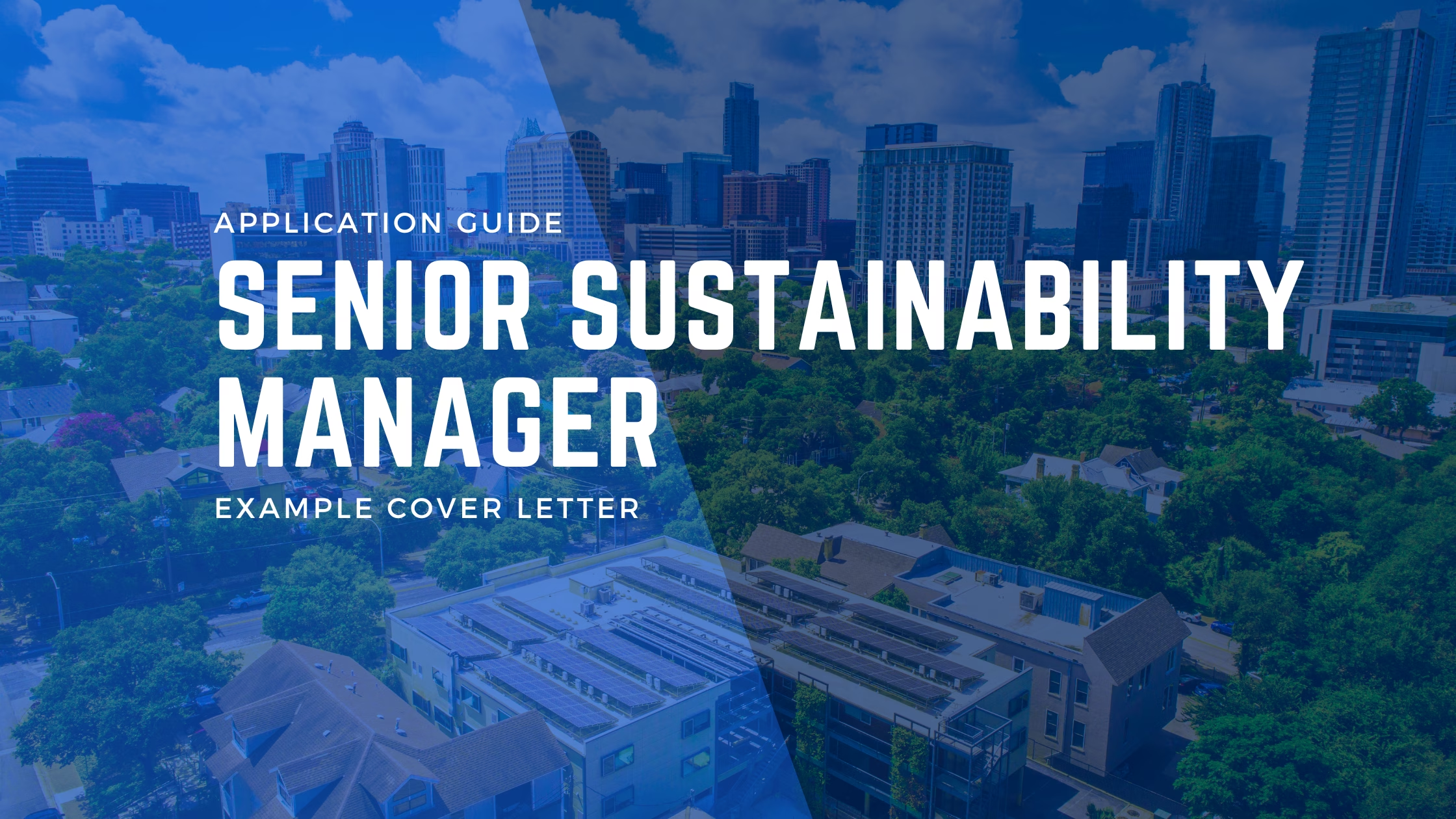Are you ready to make a meaningful impact in the lives of others? The role of Client Services Officer at NSW Trustee and Guardian offers a unique opportunity to support individuals during critical moments in their lives.
This position is perfect for those passionate about providing high-quality customer service and who thrive in a dynamic, supportive environment. As a Client Services Officer, you’ll be the first point of contact for new customers, helping to onboard them and manage their financial affairs.
If you’re new to government applications, don’t worry! We have a free template to help you get started on your cover letter.
Table of Contents
Client Services Officer Salary and Overview
| Position Title | Client Services Officer (Customer Foundation) – Estate Management |
| Organisation-Entity | NSW Trustee and Guardian |
| Location | Parramatta, Sydney – Greater West |
| Work Type | Full-Time |
| Base Pay | $82,193 to $90,001 p.a. plus super and annual leave loading |
| Closing Date | 29/06/2025 – 11:59 PM |
About the Client Services Officer at NSW Trustee and Guardian
The Client Services Officer at NSW Trustee and Guardian plays a crucial role in managing the financial affairs of individuals who may be unable to do so themselves due to disability, age, mental illness, or injury. As part of the Customer Foundation Team, you will be responsible for onboarding new customers, ensuring a thorough understanding of their financial situation, and setting up action plans to meet their immediate and ongoing needs. This involves liaising with customers, their families, and service providers to gather and provide essential information, ensuring that all parties have a comprehensive understanding of the customer’s financial story.
In this role, you will manage a caseload of customers, develop action plans, and assess their capability for independent financial management. You’ll need to communicate effectively with a diverse range of individuals, including those experiencing homelessness, substance misuse, or chronic mental illness. Your ability to problem-solve and adopt a solution-focused approach will be key to delivering high-quality, empathetic services in line with NSW Trustee and Guardian’s Customer Excellence Principles.
Why Client Services Officer Is a Great Opportunity
Joining NSW Trustee and Guardian as a Client Services Officer offers a rewarding career with numerous benefits:
- Transferable skills for private-sector roles
- Flexible and hybrid working options
- Generous leave allowances, including parental and flex leave
- Opportunities for career development and study leave
- Access to Fitness Passport and employee assistance programs
This is an amazing grade 3/4 role in the NSW Public Service. It is ideal for anyone who is looking for their first real job and to start a career in government, especially if you have any background in delivering customer service. This would be an ideal place for you to start.
Application Requirements for Client Services Officer
Application Process
To apply for the Client Services Officer position at NSW Trustee and Guardian, you must complete the online application via IworkforNSW.
Submit a resume (maximum five pages) and a brief cover letter (maximum two pages) outlining your skills, experience, and suitability for the role.
Additionally, you must answer the targeted questions provided in the Client Services Officer job ad.
What to Include in Your Government Cover Letter
To apply for the Client Services Officer position, you’ll need to create a really clear and effective cover letter. Remember you’re going to have to also respond to the target questions below. So make your cover letter effective and easy to read.
- Has experience and is passionate about supporting people with disability, vulnerable and older people.
- Can proactively promote a positive work culture that drives for results.
- Is an excellent communicator with the ability to work effectively with customers in a range of circumstances, including those experiencing homelessness, substance misuse, chronic mental illness and contact with the criminal justice system.
- Loves to problem solve and adopts a solution focused approach to your work.
- Has strong collaboration skills that will allow you to build and develop working relationships and open channels of communications across all teams in the Estate Management Division, other NSW Trustee and Guardian divisions and external stakeholders.
- Highly motivated and self-driven to provide excellent customer service in a human service environment with also a strong commitment to supporting customers.
- Has the ability to successfully deliver results whilst managing multiple competing priorities for our customers.
Target Questions For NSWTG Client Services Officer
You’ve got a maximum of two pages to respond to each of the questions below. So write one page each:
- Please describe a recent situation that required you to work on a high volume of tasks with competing priorities. How did you prioritise these tasks?
- Describe a recent situation where you had to handle a customer complaint where the customer was dissatisfied with the level of service provided. What steps did you take and what was the outcome?
You’ll want to write a two-page cover letter.
- The next page should be the response to question one, including the question
- The fourth page will be question two and your response to it
Have a look below for some examples of how to respond to these Client Services Officer questions.
Application Checklist for Client Services Officer
| 1 | Read the job ad thoroughly |
| 2 | Draft your application using our free template |
| 3 | Incorporate STAR method in your responses |
| 4 | If you are serious about this job, make sure you get your cover letter reviewed and all of your examples boosted for alignment to the role |
| 5 | Submit your application and prepare for the interview |
Candidate Profile for Client Services Officer
Rachel has over a decade of experience in customer-facing roles, primarily in retail leadership, where she consistently delivered empathetic service, resolved complex customer issues, and fostered inclusive team environments. She also has experience working part-time in an accounting firm, where she developed strong attention to detail, data integrity, and administrative compliance.
Now seeking a purpose-driven role in the public sector, Rachel is passionate about supporting vulnerable people and is eager to use her communication skills, problem-solving mindset, and service ethic to make a difference in people’s lives.
Client Services Officer Example Cover Letter
Dear Hiring Manager,
I am writing to express my strong interest in the Client Services Officer role at NSW Trustee and Guardian.
With a strong background in retail customer service and office administration, I am now seeking to contribute to a purpose-driven organisation that supports some of the most vulnerable members of our community. I’m especially drawn to this role’s focus on respectful, human-centred service—something I’ve built my career around.
For over 10 years, I worked in customer service and retail leadership roles, often supporting customers dealing with financial hardship, disability, and other complex challenges. In one instance, I assisted a regular customer who was elderly, recently widowed, and visibly distressed about being overcharged. Rather than referring her elsewhere, I took the time to sit with her, investigate the issue, and provide a full refund with a clear explanation. More importantly, I organised for her to receive a discount card and introduced her to the store’s community assistance program. This not only resolved the issue but gave her ongoing support. This experience reflects my ability to communicate with compassion, resolve problems quickly, and ensure every person feels respected.
Earlier in my career, I also worked part-time at a small accounting firm, where I was responsible for client correspondence, document management, and data entry. This gave me a strong foundation in administrative accuracy, confidentiality, and compliance. These skills, combined with my people-focused mindset, allow me to confidently manage competing priorities while maintaining high service standards.
I’m someone who thrives in a positive, team-oriented environment, and I believe culture directly impacts customer outcomes. At my most recent role as a store supervisor, I initiated a “care call” system where team members checked in on vulnerable regular customers during COVID-19 lockdowns. I encouraged staff to share ideas during team meetings and supported new team members with onboarding and conflict resolution coaching. This initiative improved morale and boosted our store’s customer satisfaction ratings.
I’m highly motivated by the opportunity to contribute to an organisation like NSW Trustee and Guardian, where I can help support people with disability, older clients, and those experiencing disadvantage or mental health challenges. I’m confident in my ability to work calmly in sensitive situations, communicate with empathy, and contribute meaningfully to the Estate Management Division.
I would welcome the chance to bring my frontline service experience, attention to detail, and strong commitment to public service to this role. I have also attached my responses to the target questions.
Thank you for considering my application.
Kind regards,
Rachel
Target-Question Responses for NSWTG
Please describe a recent situation that required you to work on a high volume of tasks with competing priorities. How did you prioritise these tasks?
In my role as a store supervisor at a busy retail outlet, I regularly managed high volumes of tasks while balancing team supervision and customer needs. One particularly challenging period was during a post-lockdown trading week, when foot traffic surged significantly. At the same time, we were short-staffed, transitioning to a new stock management system, and preparing for an unannounced compliance audit. I was responsible for overseeing daily operations, addressing staff queries, managing stock discrepancies, and ensuring customer service remained a top priority.
To manage the competing demands, I immediately created a priority list based on urgency and business impact. First, I ensured adequate team coverage on the shop floor to avoid service delays. I adjusted the staff roster in real time by reassigning non-essential tasks (like display changes) to quieter periods and called in a part-time team member for backup. This allowed us to maintain customer service standards despite the influx.
Second, I allocated specific time slots to review the new stock system, breaking it into smaller, manageable tasks I could complete between peak customer periods. I delegated lower-risk tasks, such as basic inventory counts, to a trusted team member and used short team huddles to communicate updates clearly.
Third, I proactively prepared for the audit by quickly reviewing documentation requirements and assigning team responsibilities, such as checking expiry dates on perishable stock and reviewing signage compliance. I also scheduled time before the store opened to finalise necessary paperwork, using this quieter period to avoid distractions.
Throughout the week, I kept a written checklist and used it to track progress and update priorities as new tasks emerged. When new issues arose—such as a delivery delay or a team member calling in sick—I reassessed and adapted the plan accordingly. I communicated transparently with my manager about delays in non-urgent tasks and provided updates on our progress to ensure alignment.
The result was a smooth and productive week: we passed our audit with no major issues, avoided customer complaints despite the pressure, and successfully implemented the first phase of the stock system rollout. This experience reinforced my ability to stay calm under pressure, think strategically, and maintain focus on both operational and service outcomes.
Describe a recent situation where you had to handle a customer complaint where the customer was dissatisfied with the level of service provided. What steps did you take and what was the outcome?
In my previous role as a store supervisor, I received a complaint from a customer who was upset that her elderly father had been ignored when seeking assistance in the store. She felt that the staff had been dismissive and disrespectful, and she contacted me directly by phone the following day. She was clearly frustrated and made it clear she was considering escalating the complaint further.
I listened carefully without interrupting, allowing her to fully explain what had happened and how it made her father feel. I acknowledged her concerns and apologised sincerely for the experience they had. I made sure to validate her frustration by explaining that our team is trained to provide inclusive and respectful service, and that I took the complaint seriously.
I reviewed the store’s CCTV footage and identified the staff member involved. I also spoke with that team member privately to understand their version of events. It turned out the staff member had not realised the customer needed help due to a lack of visible cues and had assumed he was browsing. I took the opportunity to provide coaching on reading non-verbal signals and approaching customers who may appear hesitant or unsure.
As part of the resolution, I contacted the daughter again and shared the steps we were taking to address her concerns, including refresher training for staff on inclusive service. I also offered a personal invitation for her and her father to return, where I could assist them myself. She appreciated the follow-up and thanked me for taking the issue seriously and responding with care.
The customer returned the following week, and I personally served her father. He left with the item he was originally seeking and thanked me for the help. What began as a negative experience turned into an opportunity to build trust and demonstrate genuine accountability.
This situation highlighted the importance of listening, responding with empathy, and taking practical steps to improve. I believe how we respond to complaints says a lot about our values, and I always aim to resolve issues in a way that leaves people feeling heard and respected.
How to Use the STAR Method for the Client Services Officer Role
The STAR method is a structured approach to answering behavioural interview questions commonly used in public sector recruitment. It helps you clearly demonstrate how you’ve handled specific situations by breaking your response into four parts:
- Situation – Set the scene. Describe the context or background.
- Task – Explain your responsibility or objective in that situation.
- Action – Outline the specific steps you took to address the situation.
- Result – Share the outcome. Highlight what was achieved or learned.
Using the STAR method ensures your answers are focused, relevant, and aligned with the capabilities required for the role.
Let’s take an example from Rachel’s response to the Client Services Officer question about managing competing priorities:
Situation: Rachel was a store supervisor during a high-pressure week following a COVID-19 lockdown. Her team was short-staffed, dealing with a new stock system rollout, and preparing for an unannounced audit—all while customer demand had surged.
Task: She needed to maintain operational continuity, meet audit requirements, and ensure high-quality customer service despite the multiple demands.
Action: Rachel prioritised tasks by urgency and risk, reorganised staff rosters in real time, delegated non-urgent tasks, and created a written checklist to track and adapt to new issues. She communicated clearly with her team and manager throughout.
Result: The team passed the audit with no major issues, kept customer complaints to zero, and implemented the stock system without delay.
This example clearly shows Rachel’s ability to manage multiple priorities, stay calm under pressure, and deliver consistent customer service—all of which are critical in the Client Services Officer role.
Preparing for Your Government Interview at NSW Trustee and Guardian
If you’re shortlisted for the Client Services Officer role, you’ll likely be invited to a behavioural-style interview. These are structured around the NSW Public Sector Capability Framework and are designed to assess how you’ve demonstrated key capabilities in real-world situations.
The panel will expect you to answer using the STAR method—Situation, Task, Action, Result—just like in your written responses. You’ll be asked a series of capability questions that focus on how you’ve handled things like problem-solving, stakeholder communication, and working under pressure.
Example questions could include:
- Tell us about a time you had to manage a high workload with competing deadlines.
- Describe a situation where you helped someone through a complex or sensitive issue.
- How have you worked with others to improve a process or service?
Each answer should give a clear example from your experience, not a general statement about what you would do.
If you want to take your preparation to the next level, consider booking a Practice Government Interview Session with a real NSW government hiring manager. You’ll get a full set of custom practice questions based on this exact role—and immediate, honest feedback on how to improve your answers. These practice sessions have helped a lot of candidates with absolutely no government experience land their first government job.
These sessions are designed to build your confidence and help you stand out. Spaces fill quickly, so check availability now and lock in a date that works for you. It could be the difference between almost getting the job—and actually landing it.
🔗 Book Your Practice Interview Session
Get Your Application Ready Now
Ready to apply? Visit the official application page to submit your application. I recommend that you start your online application now. There can be a lot of fields that you need to fill out to complete your online application, and you don’t want to rush it.
If you’re applying and you really want to be considered for this job, you really should get your cover letter reviewed. Getting a cover letter reviewed is the cheapest, fastest and most effective way to make sure your application isn’t a waste of time. The process makes it easy and fast for you to submit a winning government cover letter and it also includes your responses to the target questions for this job.
To get started now, download a free NSW Government Cover Letter template.




